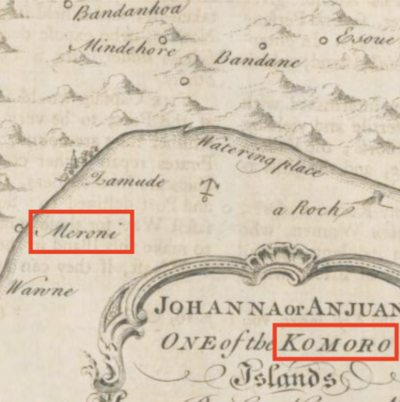
FAIR is a non-profit organization dedicated to providing well-documented answers to criticisms of the doctrine, practice, and history of The Church of Jesus Christ of Latter-day Saints.
The software was redesigned in 2002 to handle the growing demands of Wikipedia, which had become one of the most popular websites on the internet. In July 2013, MediaWiki was used by more than 50 million websites worldwide.
Key milestones include:
The platform includes several built-in tools:
According to the MediaWiki developers, the software is designed to be "scalable and feature-rich" while maintaining ease of use. The platform can handle wikis ranging from small personal projects to massive sites like Wikipedia with millions of pages.
MediaWiki uses the GNU General Public License v2+, making it free to use, modify, and distribute.


FAIR is a non-profit organization dedicated to providing well-documented answers to criticisms of the doctrine, practice, and history of The Church of Jesus Christ of Latter-day Saints.
We are a volunteer organization. We invite you to give back.
Donate Now